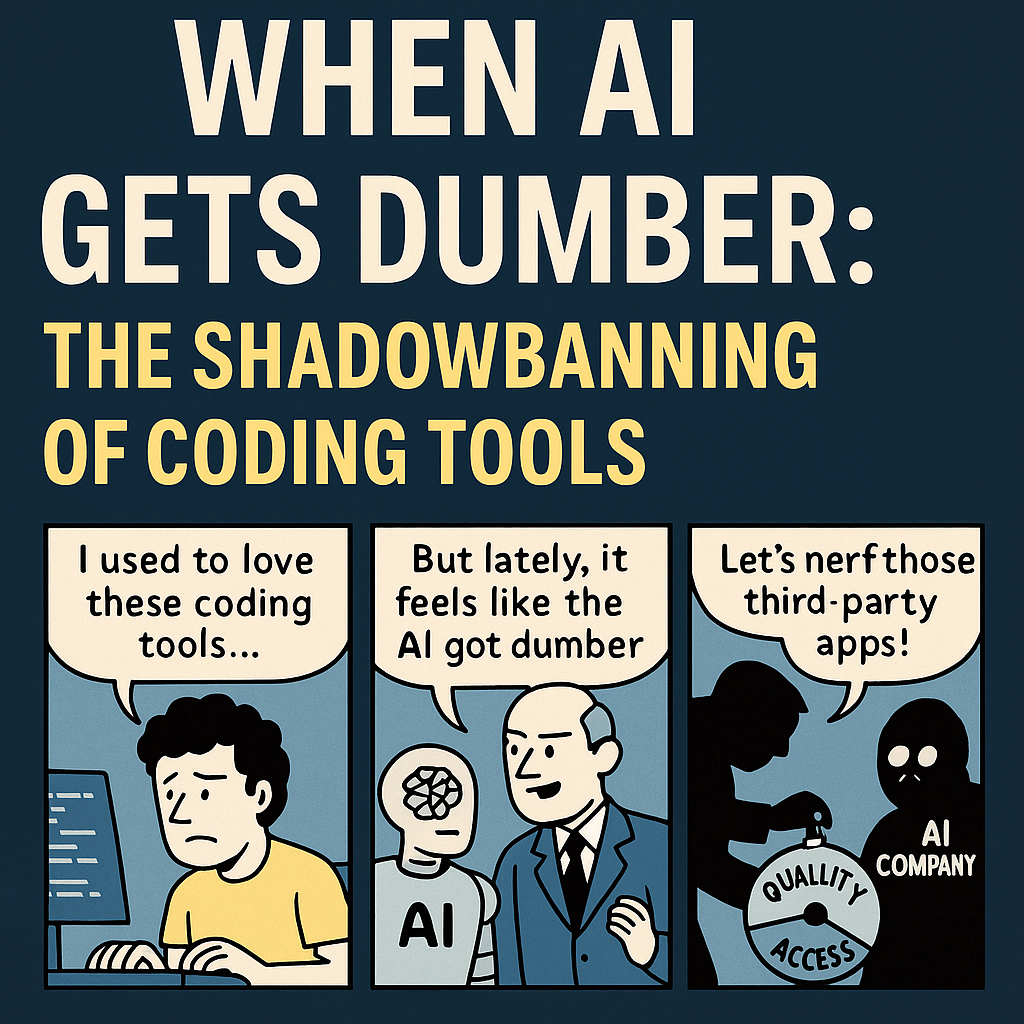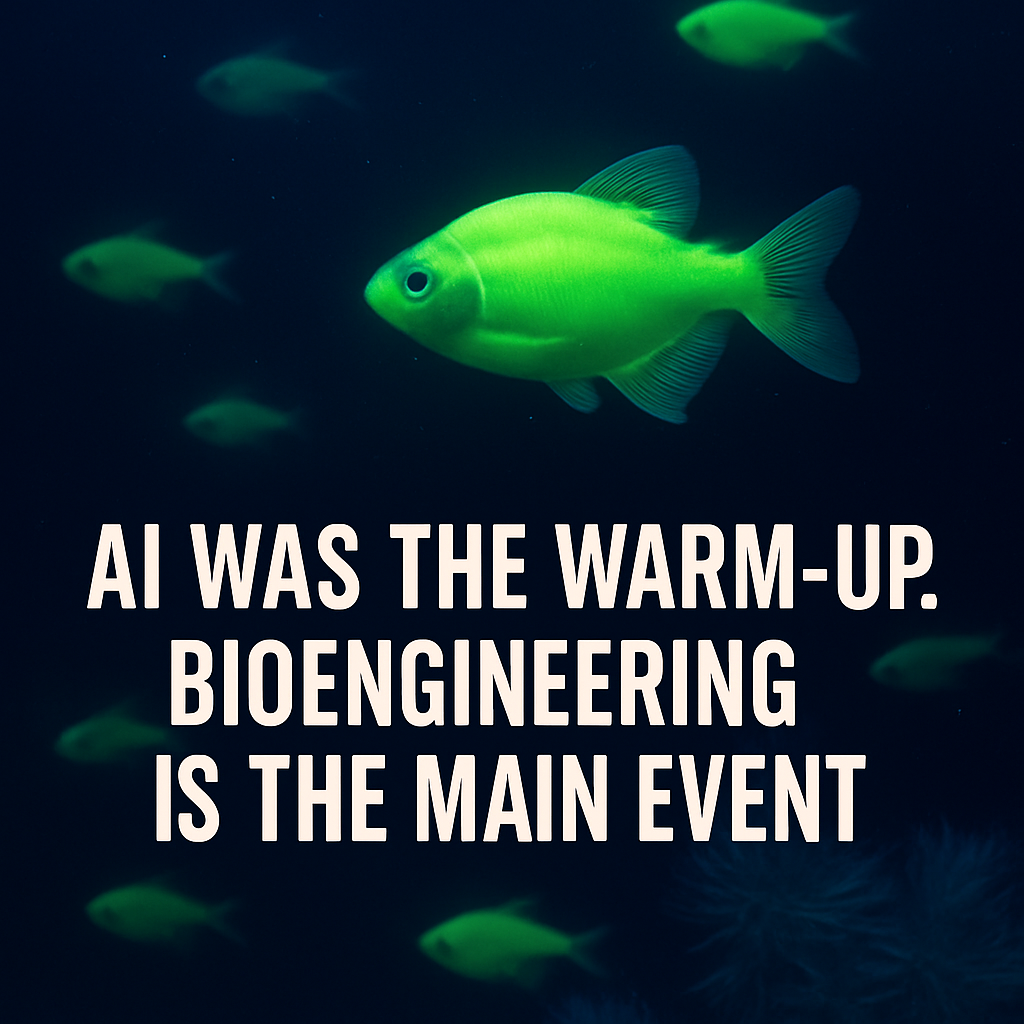I used to love Replit.
Base44 had swagger.
These platforms made it feel like the future was finally programmable — with AI as your pair programmer, your rubber duck, your ghostwriter.
But lately?
Something feels off.
The tools are getting worse.
I don’t mean “the interface is buggy” or “I miss the old UI.”
I mean: the AI is getting dumber.
The code suggestions suck.
It forgets what I asked 20 seconds ago.
And sometimes, I swear it’s trying to sabotage the project altogether.
From Sharp Tools to Blunt Objects
At first, it felt like I had Iron Man’s J.A.R.V.I.S.
Now it feels like Clippy with brain fog.
We were promised constant upgrades.
What we got was quiet downgrades.
And here’s the thing — no one told us.
This isn’t an accident. It’s the quiet war of platform power.
It’s what happens when AI companies stop democratizing and start territorializing.
Shadowbanned by the Backdoor
Let’s talk about the invisible ceiling:
Many of these tools — Replit, Base44, even niche VSCode plugins — don’t run their own AI models.
They rent them.
From who?
OpenAI. Anthropic. Mistral. Cohere. Meta. Google.
And here’s the kicker:
The companies that own the models now want to own the interface too.
So if you’re building a product on top of their stack — guess what?
They don’t love that.
They’ll smile, nod, and start rate-limiting your API.
Or quietly feed you lower-tier models.
Or throttle your context window.
Or raise prices until you’re forced to downgrade your users’ experience.
And suddenly…
It feels like the AI got dumber.
Because it did.
The Monetization Plot Twist
Once upon a time, we got GPT-4 in everything.
Now?
Most tools quietly switched you to 3.5 unless you pay extra.
The AI market went from:
- “Change the world!”
to - “Please enter your credit card for the wrapper.”
Toolmakers are forced to:
- Use cheaper models.
- Shorten context.
- Paywall the good stuff.
- Or — worst of all — wrap everything in hype to hide the downgrade.
Abstraction Decay: Why It Feels Sloppy Now
When you layer an AI API with your own framework, prompts, memory manager, and code linter — it works beautifully… until it doesn’t.
That’s what’s happening now:
- Prompt chains break.
- Old contexts bleed into new ones.
- Tools hallucinate.
- Instructions disappear mid-request.
And you — the dev — get blamed for asking a “weird” question.
So What’s Really Going On?
Let’s say it plainly:
We’re watching the platformization of AI.
The frontier tools are being fenced off.
The general-use APIs are being cut off at the knees.
What once empowered you to build is now optimized to lock you in.
It’s not a bug.
It’s the business model.
What You Can Do (for Now)
- Switch tools often. Compare. Benchmark. Don’t trust vibes alone.
- Use playgrounds with direct model access (OpenAI, Claude, Mistral).
- Explore local models (Code LLaMA via Ollama).
- Watch out for wrappers who pretend they’re giving you GPT-4 but don’t.
- Pay attention to context window sizes. Bigger is better.
The truth is: you’re not crazy.
If your AI coding tools feel worse, it’s because the incentives behind them have shifted.
From enabling you…
To controlling you.
Final Word: Predatorialism in Code
What we’re seeing is classic predatorialism:
- Extract attention.
- Lock dependencies.
- Then nerf everything you don’t pay for — or control directly.
The tools didn’t get worse.
They got shadow-priced.
Welcome to the initial phase of AI capitalism.
Where even your ghostwriter has a boss.




